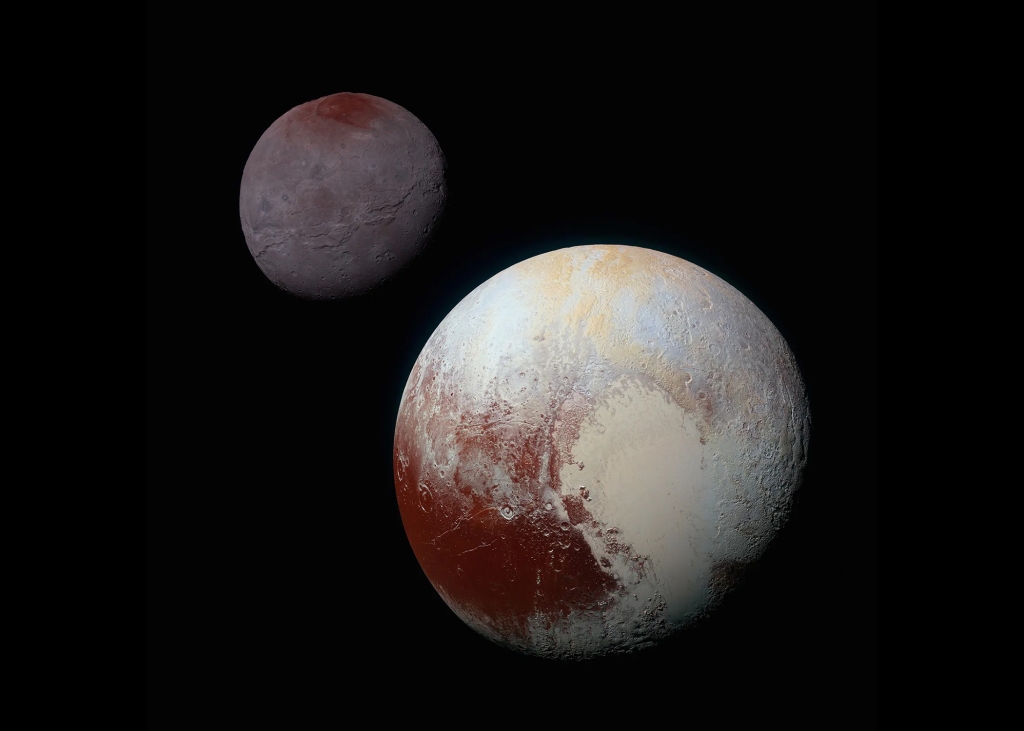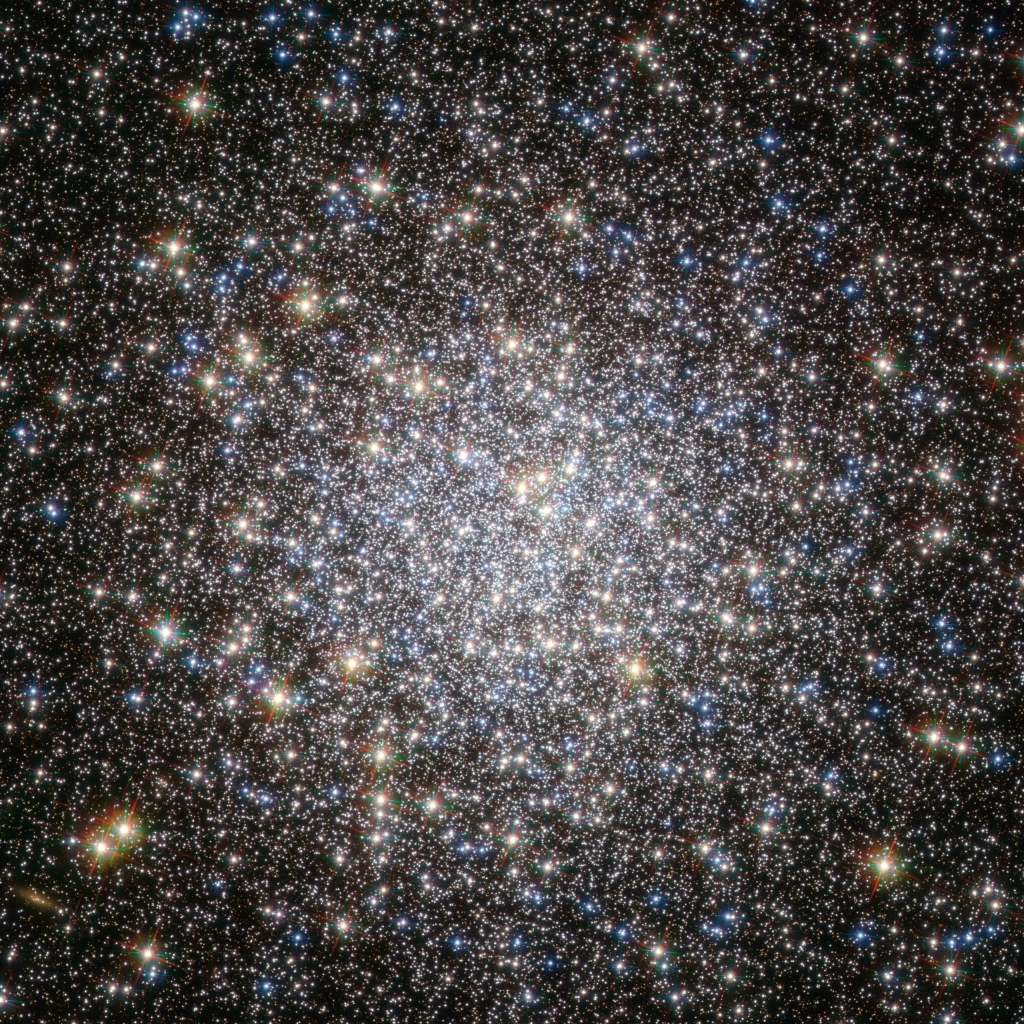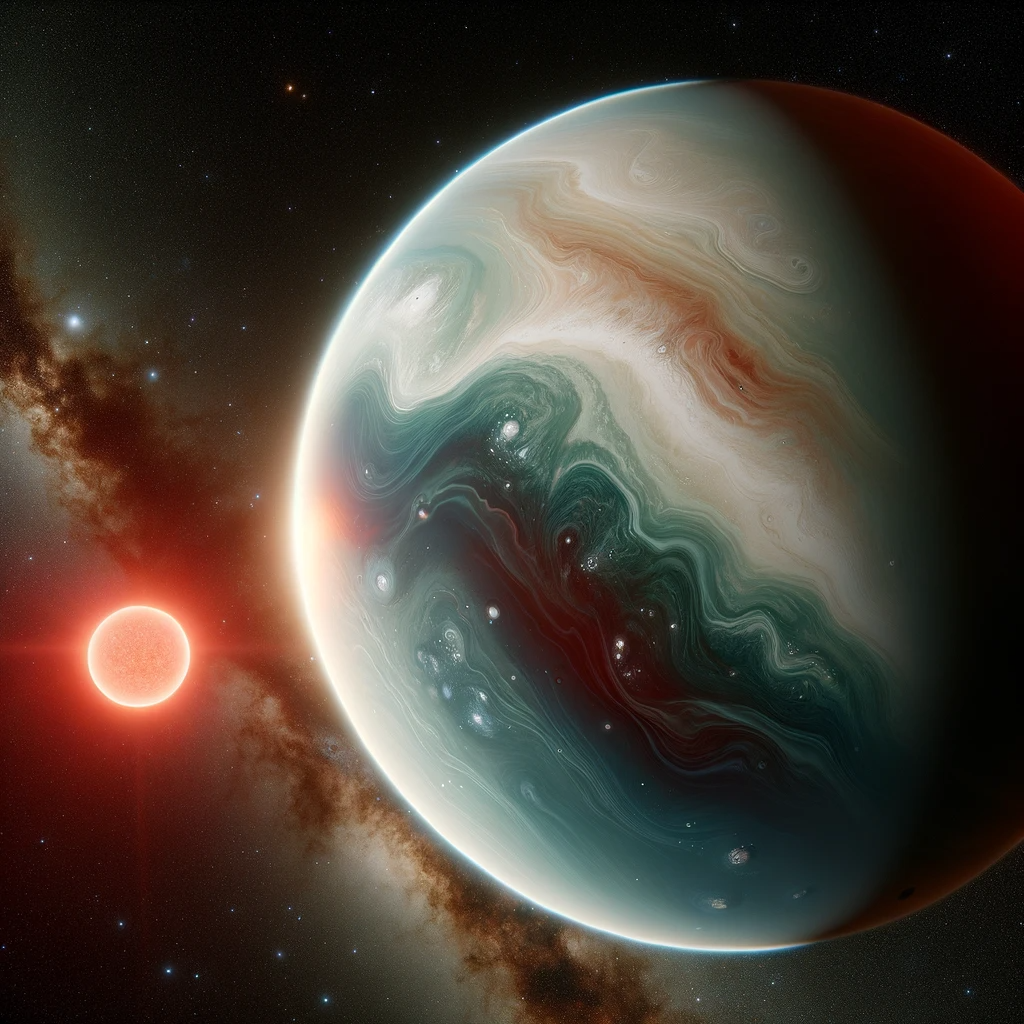Exciting research has led to new findings regarding the craters on Pluto and Charon, the farthest celestial bodies from the Sun visited by spacecraft. These craters are not just geographical features but serve as vital records of impact events in the outer solar system, particularly within the trans-Neptunian environment. This information is crucial for understanding the dynamics and evolution of the Kuiper Belt.
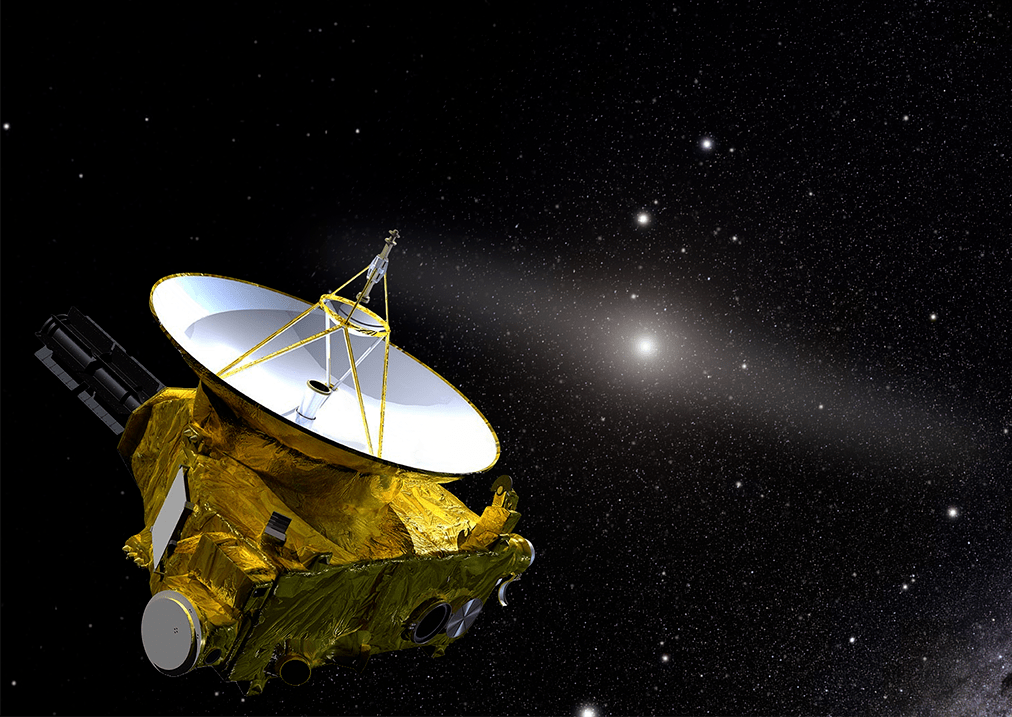
In 2017, a comprehensive crater database was created, utilizing various image products from NASA’s groundbreaking New Horizons mission. This database, until recently, was the only extensive census of the craters on both Pluto and Charon. However, recent efforts by researchers, including Singer et al. and Robbins & Singer, have focused on mapping these craters using more refined image products. While they have identified general agreements and highlighted issues with the 2017 work, they stopped short of developing complete crater databases for both bodies.
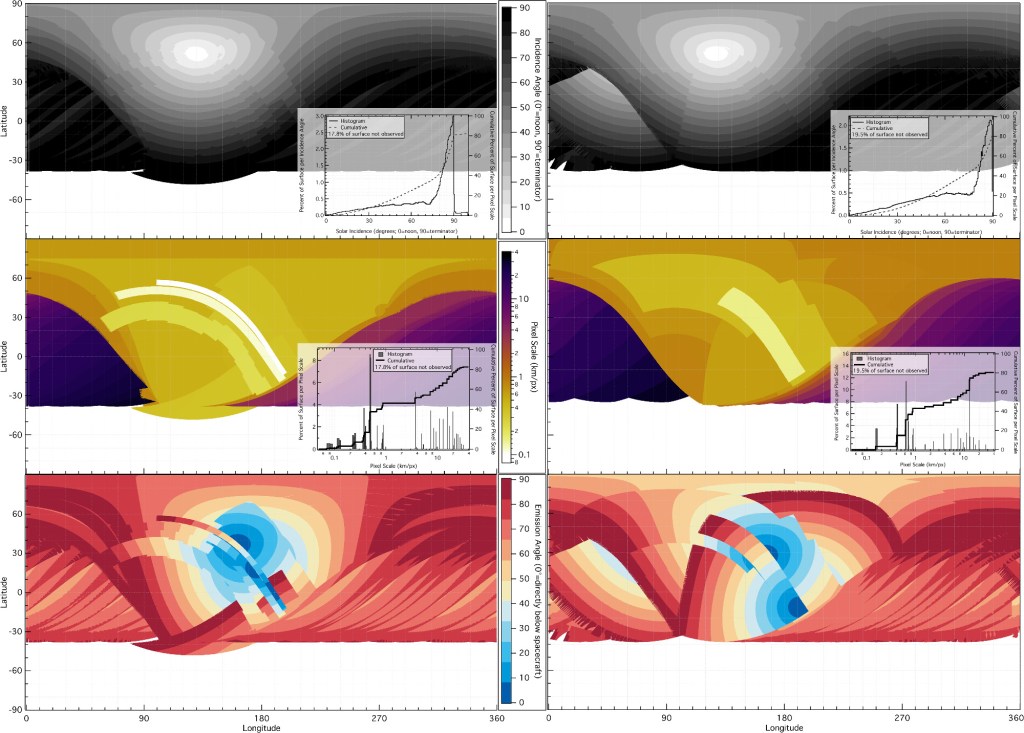
In a significant development, a new revised crater database has been presented, offering updated interpretations of geological features on both Pluto and Charon. This new work, which supersedes previous databases, provides a more accurate and comprehensive understanding of the crater landscape. The diverse terrains of Pluto and Charon, as revealed by New Horizons, range from young nitrogen-ice-covered areas to ancient, cratered regions, presenting a fascinating look at these distant worlds.

The updated research is not just a mere revision; it significantly reduces the number of recognized impact craters compared to the 2017 database. This refinement is crucial for accurately determining the surface ages and dynamical histories of Pluto and Charon. Moreover, it aids in modeling the population of inner Kuiper Belt and Trans-Neptunian Objects, essential for understanding the broader context of the solar system. The new data, thoroughly archived and accessible, marks a pivotal step forward in our comprehension of these distant, enigmatic celestial bodies.
Sources
Robbins, Stuart J, and Luke Dones. “Impact Crater Databases for Pluto and Charon, Version 2.” The Planetary Science Journal, vol. 4, no. 12, 2023, p. 233, dx.doi.org/10.3847/PSJ/acf7be, https://doi.org/10.3847/PSJ/acf7be.

